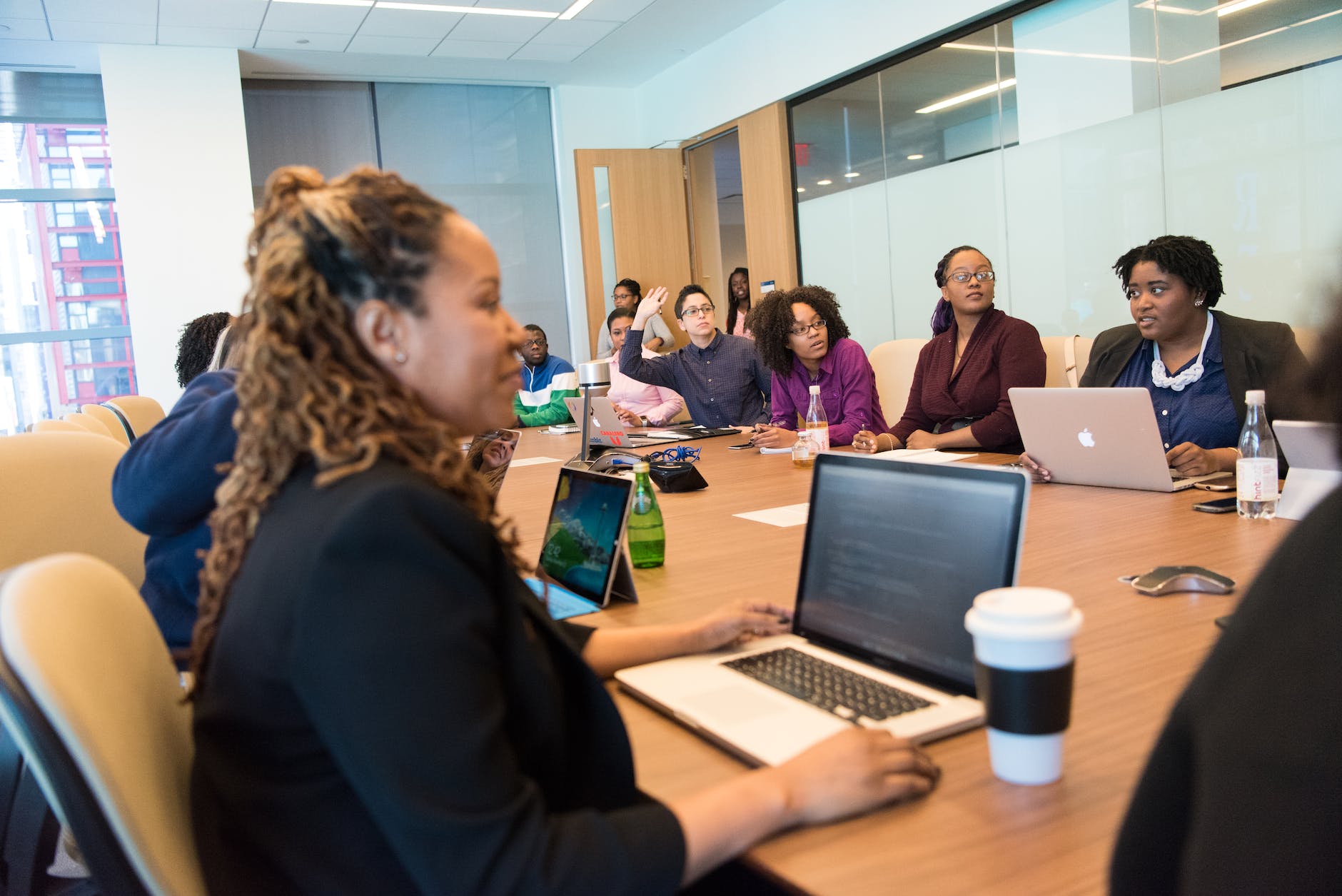
A recently published paper explores the challenges and opportunities for equity, diversity, and inclusion (EDI) in online and hybrid learning. The study found that online and hybrid learning both supports and presents challenges to EDI, and that pedagogy and course design must be considered as a first step in addressing some of the challenges to EDI.
The study also found that further student support is needed to facilitate equity, diversity, and inclusion in online learning.
Overall, the paper highlights the importance of addressing EDI in online and hybrid learning and offers several recommendations for doing so.
These recommendations include:
- Prioritizing the implementation of policies that support equity, diversity, and inclusion.
- Considering the principles of Universal Design for Learning (UDL) to ensure that course materials are accessible to all learners.
- Providing training for instructors to use UDL principles to design and deliver courses that are inclusive and accessible to all learners.
- Providing support for learners who face challenges related to access, such as those with learning differences and/or disabilities, or those who live in underserved, remote/rural communities.
- Engaging with reconciliation, decolonization, and Indigenization as part of the pursuit of EDI goals.
- Novak, Katie (Author)
- English (Publication Language)
- 232 Pages – 05/29/2021 (Publication Date) – Impress (Publisher)
The paper also highlights the need for further student support to facilitate equity, diversity, and inclusion in online learning, and encourages readers to engage with reconciliation, decolonization, and Indigenization as part of the pursuit of EDI goals.
The Eclectic Educator is a free resource for everyone passionate about education and creativity. If you enjoy the content and want to support the newsletter, consider becoming a paid subscriber. Your support helps keep the insights and inspiration coming!


